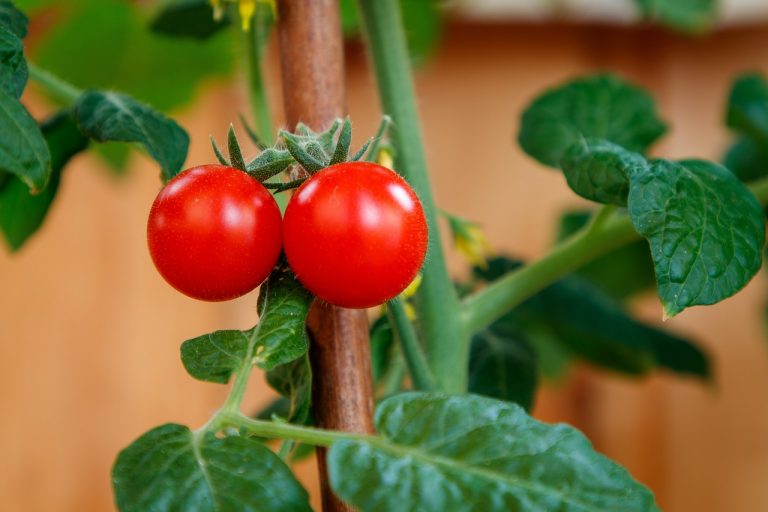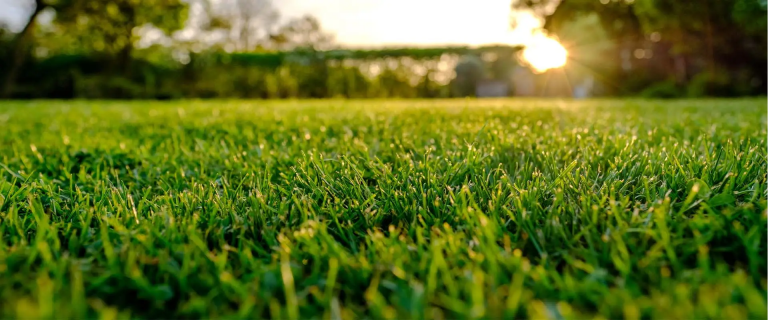Sussex & Surrey
Turfing
Lawn Mowing
Tree Felling
Garden Clearance
Sheds & Log Cabins
Fencing
Decking
Strimming
Patio's
Paths
Swimming Pools
Site Clearance
Hedge Cutting
Recent Posts
-

Landscaping on a Budget – How Sussex Landscapes Can Help You Make the Most of Every Penny
3 October 2025 -

"How to Create a Japanese Garden: A Guide to Peaceful Outdoor Spaces"
15 September 2025 -

How to Dog-Proof Your Garden
1 September 2025 -

A guide to all kinds of outdoor lighting for gardens
29 August 2025 -

How to Create a Lawn-Free Garden
28 August 2025 -

How to design a small garden space
24 August 2025 -

10 Tips for Growing Outstanding Tomatoes in Your Backyard.
23 August 2025 -

The Best Grasses for a Drought-Resistant Landscape.
23 August 2025 -

A Step-by-Step Guide to Building a Beautiful Garden Path
23 August 2025 -

How to Select the Right Plants for Your Garden: A Complete Guide
23 August 2025
10 Tips for Growing Outstanding Tomatoes in Your Backyard.
Tomatoes are the ultimate backyard garden staple. They’re easy to grow, incredibly versatile, and, of course, delicious. Whether you’re a first-time gardener or a seasoned pro, growing your own tomatoes is a rewarding experience that offers the freshest, most flavorful fruits. But to truly achieve the best tomatoes, there are a few key tips and tricks that can help you grow them like a pro.
If you want to enjoy a bountiful harvest of vibrant, juicy tomatoes, follow these 10 essential tips for growing outstanding tomatoes in your backyard.
1. Choose the Right Variety for Your Climate
Not all tomato varieties are created equal, and choosing the right one for your growing zone is crucial for success. There are two main categories of tomatoes:
Indeterminate tomatoes: These varieties grow continuously and produce fruit throughout the season. They’re ideal for gardeners who want a long harvest period. Popular varieties include ‘Beefsteak’ and ‘Sungold’.
Determinate tomatoes: These plants grow to a certain height and produce fruit all at once, which is great for those who want a large harvest for canning or making sauces. Examples include ‘Roma’ and ‘Celebrity’.
Also, consider your climate. Some varieties are better suited to cooler climates, while others thrive in hot, dry conditions. Do some research or visit your local nursery to choose varieties best suited to your area.
2. Start with Quality Seeds or Seedlings
Starting your tomatoes from seeds can be incredibly rewarding, but if you’re not confident in your seed-starting abilities, purchasing quality seedlings from a reputable nursery is a great option. Choose healthy, strong plants with no signs of pests or disease. When starting from seeds, begin indoors 6-8 weeks before your last expected frost date.
Tip: Choose disease-resistant varieties like ‘Early Girl’ or ‘Better Boy’ to minimize potential issues with common tomato diseases such as blight.
3. Plant Tomatoes in Well-Drained Soil
Tomatoes require soil that is rich in organic matter and drains well. Wet, soggy soil can lead to root rot and other issues. Before planting, amend your soil with compost or organic matter to improve its structure and fertility.
Tip: Consider testing your soil’s pH level. Tomatoes prefer slightly acidic soil with a pH of 6.0 to 6.8. If your soil is too acidic or alkaline, you can amend it with lime (to raise pH) or sulfur (to lower pH).
4. Choose the Right Location with Full Sun
Tomatoes love the sun—at least 6 to 8 hours of full sunlight per day is essential for healthy growth and fruit production. Select a sunny spot in your garden that receives consistent sunlight throughout the day. Avoid planting in areas where tall trees or buildings cast shade.
Tip: If you’re in a hot climate, some afternoon shade can help protect tomatoes from scorching heat, but aim for as much sun as possible during the morning hours.
5. Space Your Plants Properly
Tomato plants need plenty of space to grow and thrive. Overcrowding can lead to poor airflow, increasing the risk of disease and poor fruit production. Give each tomato plant enough space to spread out—usually 18 to 36 inches between plants, depending on the variety.
Tip: If you’re growing indeterminate varieties, space them further apart (about 36 inches), while determinate varieties can be placed closer together (about 18 to 24 inches).
6. Water Consistently and Deeply
Tomatoes need regular water to stay healthy, but it’s important not to overwater. Inconsistent watering can lead to issues like blossom end rot or cracked fruit. Water deeply and consistently, providing at least 1-1.5 inches of water per week, especially during dry spells.
Tip: Water at the base of the plant rather than overhead to reduce the risk of fungal diseases. Using a soaker hose or drip irrigation system is an efficient way to ensure deep, even watering.
7. Mulch to Conserve Moisture and Prevent Weeds
Applying a layer of mulch around your tomato plants can help retain moisture, regulate soil temperature, and suppress weed growth. Organic mulches like straw, grass clippings, or wood chips are ideal. Aim for a 2-3 inch layer of mulch around the base of your plants.
Tip: Keep mulch away from the stem of the tomato plant to prevent moisture buildup, which can encourage rot.
8. Support Your Plants with Stakes, Cages, or Trellises
Tomato plants, especially indeterminate varieties, benefit from support as they grow. Without support, plants can sprawl on the ground, leading to poor air circulation, damaged fruit, and increased pest problems. Use tomato cages, stakes, or trellises to keep plants upright and encourage strong growth.
Tip: Install your support system early in the growing season to avoid disturbing the roots later. As the plants grow, gently tie them to the supports using soft garden twine.
9. Prune and Pinch Off Suckers
Regular pruning helps tomatoes produce more fruit and reduces the risk of diseases by improving airflow. Pinch off the “suckers” (the small shoots that grow in the joint between the stem and branches) to encourage the plant to direct its energy into producing fruit rather than excessive foliage.
Tip: For indeterminate varieties, prune the lower leaves that touch the soil to prevent soil-borne diseases from spreading to the plant.
10. Watch for Pests and Diseases
Tomatoes are susceptible to a variety of pests and diseases, including aphids, whiteflies, hornworms, and blight. Regularly check your plants for signs of pests or disease. Remove any affected leaves or fruit, and use organic pest control methods like neem oil or insecticidal soap when necessary.
Tip: Encourage beneficial insects, such as ladybugs and predatory beetles, by planting flowers like marigolds or sunflowers near your tomato plants. These helpful insects can keep pests in check naturally.
Bonus Tip: Harvest at the Right Time
The best part of growing tomatoes is, of course, harvesting them! Wait until the fruits are fully ripe and have developed their full color, whether they’re red, yellow, or purple. Tomatoes continue to ripen after being picked, but they taste best when left on the vine as long as possible.
Tip: If you have an abundance of tomatoes, pick them before the first frost and allow them to ripen indoors. Green tomatoes can also be used in various recipes, like fried green tomatoes or chutneys.
Conclusion
Growing tomatoes in your backyard is one of the most rewarding experiences for a gardener. By following these 10 essential tips, you’ll ensure that your plants thrive and produce an abundance of delicious, homegrown tomatoes. From choosing the right variety to consistent watering and proper care, these simple steps will help you grow the best tomatoes in your neighborhood.
If you’re ready to get started on your own backyard tomato garden, or if you need expert help designing your garden space, contact us today. We’d love to help you create the perfect garden for growing your favorite fruits and vegetables!
